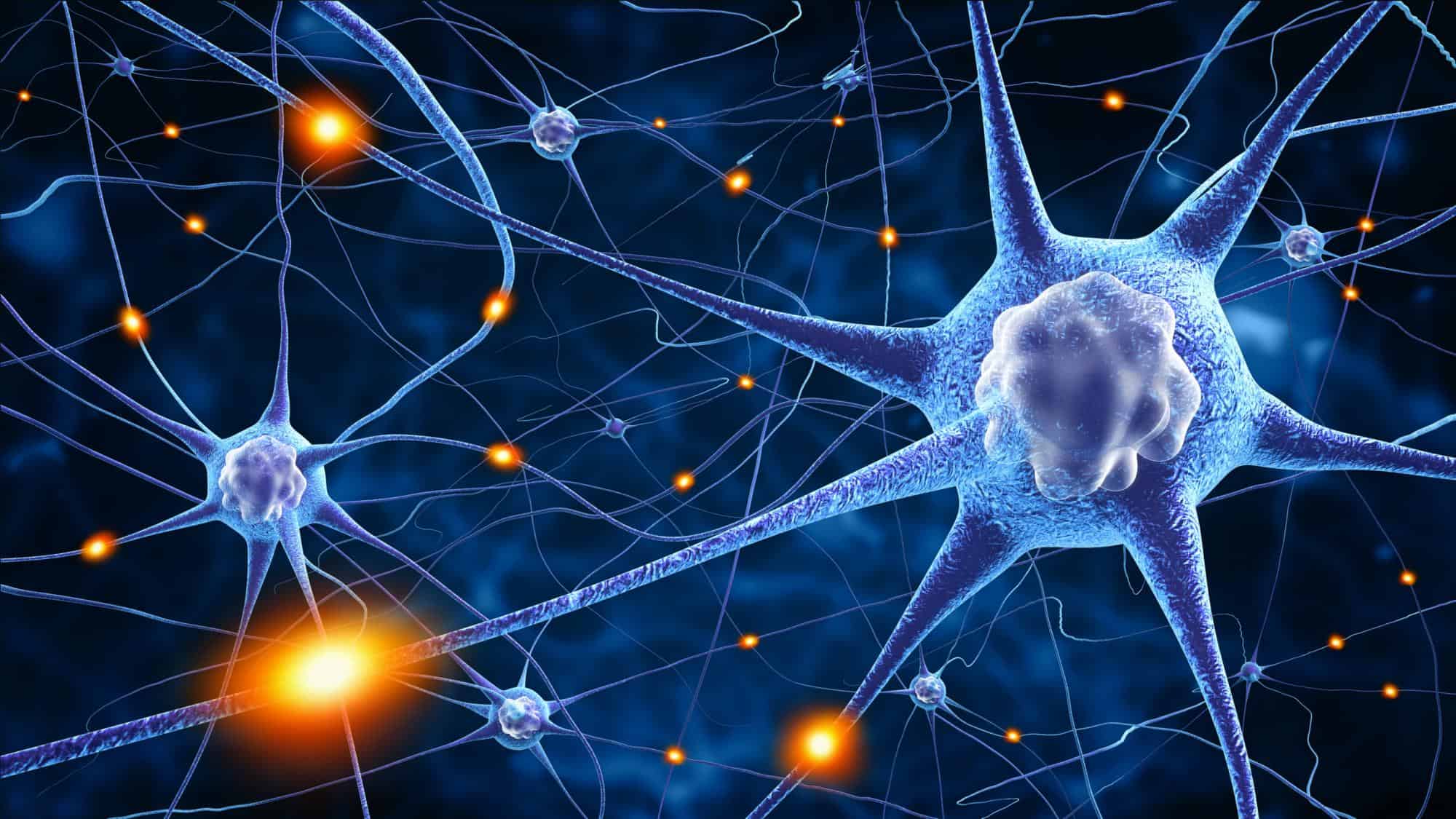Core Practical 14 – From Topic 6 (Immunity, Infection & Forensics)

Aim
To use gel electrophoresis to separate DNA fragments of different length.
The use of gel electrophoresis:
DNA profiling involves making millions of copies from a DNA sample via PCR firstly and then carrying out gel electrophoresis. This is useful in forensic science for identifying key suspects. It is also used to determine genetic relationships between organisms.
Equipment
- Restriction endonuclease enzymes
- Agar gel
- Gel tank
- Electrical supply
- Micropipettes
- DNA sample
- Loading dye
- UV light Camera
- Buffer solution
- DNA restriction ladder
- Beaker
Method
- Mix the DNA sample with restriction endonuclease enzymes and a loading dye in a beaker.
- Prepare the agar and pour it into the electrophoresis mould.
- Once set, fill the electrophoresis tank with a buffer solution.
- Use a micropipette to load the restriction ladder into the first well and then the DNA samples cut with restriction enzymes into the other wells.
- Connect the tank to an electrical supply, turn it on and leave until the dye has moved to the opposite end of the gel tank.
- Switch it off and disconnect the electrical supply.
- Carefully remove the gel from the tank and view the samples under UV light. You may also take a picture.
Results
You should observe the DNA separating out through the agar gel, with the heaviest (biggest) DNA strands near the wells and the lightest (smallest) will be at the opposite end. The DNA restriction ladder can be used as a ‘ruler’ to measure the size of the different fragments.
Conclusion
Everyone’s DNA is unique apart from identical twins. This is due to the variety found in the introns (non-coding regions of the DNA) and STRs (Short Tandem Repeats).
The restriction endonucleases first cut the DNA into fragments. The phosphate in DNA nucleotides gives DNA an overall negative charge. Therefore, each fragment of DNA moves towards the positive electrode once a current is applied to the gel tank. Different sized lengths of DNA travel further distances due to the varying STRs at different loci. This produces a unique ‘DNA fingerprint’ as an electrophoretogram. Comparison of profiles between tissue samples can identify similarities and differences.







Leave a Reply